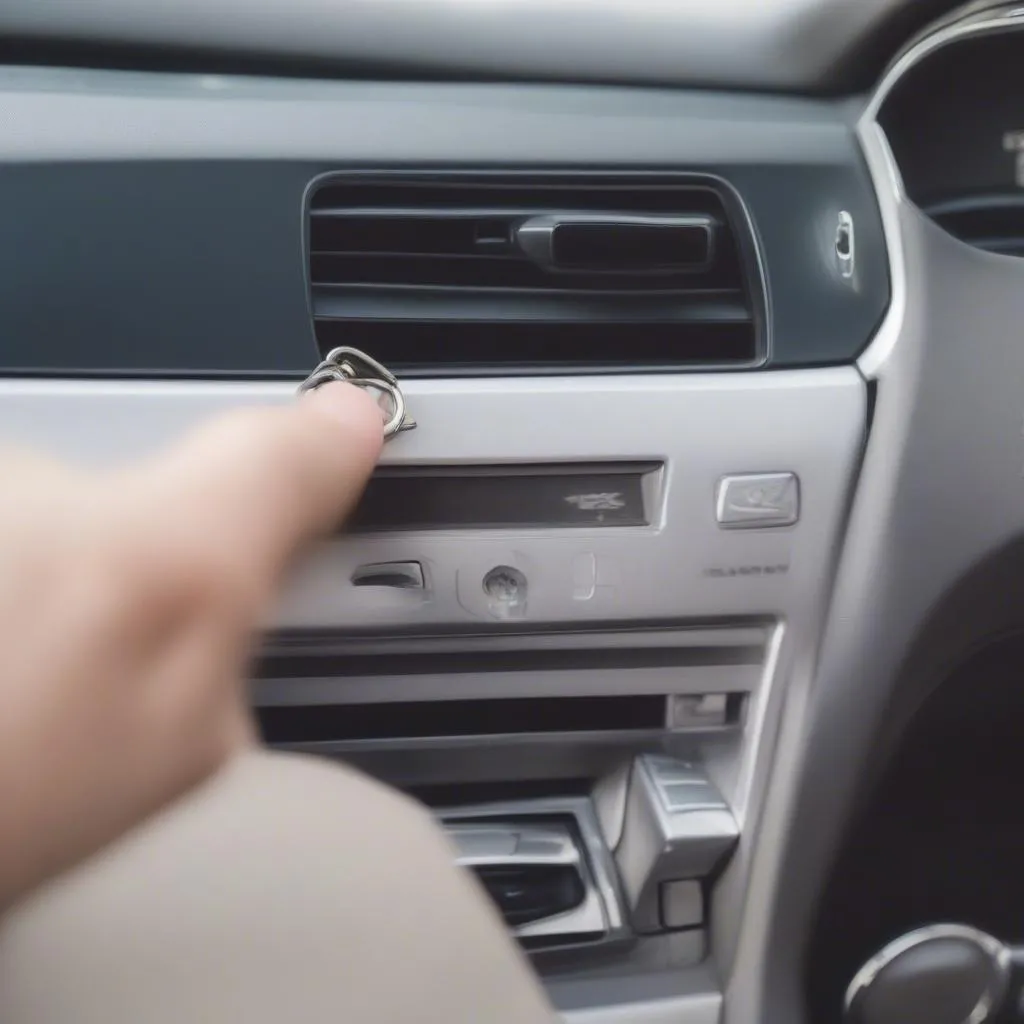The Warner Electric PB-400 brake is a popular choice for various applications due to its reliability, efficiency, and versatility. However, even the most robust braking systems can experience issues that require troubleshooting, programming, and even remote installation. This guide will equip you with the knowledge and expertise to effectively tackle any problems you might encounter with your Warner Electric PB-400 brake.
Understanding the Warner Electric PB-400 Brake
The PB-400 brake is a hydraulically actuated, spring-applied, and electrically released brake designed for heavy-duty applications. Its advanced features include:
- High Torque Capacity: It offers a high torque output, making it ideal for demanding braking needs.
- Precise Control: Its electrical release mechanism enables precise and controlled braking.
- Durability: The brake’s robust construction ensures long-lasting performance in demanding environments.
- Versatility: It can be readily customized to meet the unique requirements of your specific application.
Understanding the Basics: Key Components and Functions
- Actuator: The actuator is the heart of the brake, converting electrical energy into mechanical force. It’s responsible for releasing the brake shoes when energized.
- Brake Shoes: The brake shoes are the friction material that comes into contact with the brake drum or rotor, creating the braking force.
- Spring: The spring applies a constant force to the brake shoes, engaging the brake when the actuator is de-energized.
- Control Unit: The control unit manages the brake’s operation, receiving signals and controlling the actuator.
- Sensors: Sensors monitor critical parameters like brake pressure, temperature, and position, providing feedback to the control unit.
Common Issues and Solutions for the Warner Electric PB-400 Brake
1. Brake Won’t Engage:
- Problem: The brake may fail to engage due to a faulty actuator, damaged brake shoes, or issues with the spring mechanism.
- Solution: Inspect the actuator for signs of damage or wear. Check the brake shoes for excessive wear or contamination. Ensure the spring is intact and properly tensioned.
“Here’s a tip from my experience as an automotive electrical technician: always check the simplest things first, like loose connections or power supply issues, before diving into more complex troubleshooting.” – Mark Johnson, Automotive Electrical Technician
2. Brake Doesn’t Release Properly:
- Problem: The brake might not release completely due to a malfunctioning actuator, stuck brake shoes, or problems with the control unit.
- Solution: Verify that the actuator is receiving power and operating correctly. Inspect the brake shoes for any obstructions or contaminants that may prevent them from releasing. Check the control unit for error codes or signs of malfunction.
3. Erratic Brake Performance:
- Problem: Erratic brake performance can stem from various causes, including faulty sensors, damaged wiring, or software glitches in the control unit.
- Solution: Check all sensors for proper function and calibration. Inspect wiring for any damage, corrosion, or loose connections. If the issue persists, a software update or reprogramming might be necessary.
Remote Programming and Installation: Streamlining Your Work
The Warner Electric PB-400 brake is equipped with advanced programming capabilities that allow for remote access and adjustments. This feature offers several advantages:
- Remote Diagnostics: Identify and diagnose problems remotely without physically inspecting the brake.
- Remote Programming: Configure brake parameters and settings remotely, eliminating the need for on-site adjustments.
- Remote Installation: Install and configure the brake system remotely, saving time and resources.
“Remote programming and installation can drastically reduce downtime and costs by allowing technicians to address issues remotely, eliminating the need for on-site visits.” – Sarah Lee, Automotive Software Engineer
Steps for Remote Programming and Installation
- Establish Secure Connection: Ensure a secure internet connection between your device and the brake’s control unit.
- Access Programming Software: Utilize the manufacturer-provided programming software or a compatible third-party tool.
- Identify the Brake: Locate the brake’s unique identifier within the software interface.
- Select Programming Mode: Choose the appropriate programming mode for your desired adjustments or installations.
- Configure Parameters: Access and modify the brake’s parameters based on your application’s requirements.
- Verify and Validate: Confirm the programmed settings and ensure the brake operates as intended.
Troubleshooting Tips and Best Practices
- Perform Thorough Inspections: Always start with a visual inspection of the brake system to identify any obvious issues.
- Document Observations: Record all observations and findings during troubleshooting to help track the problem and ensure efficient repairs.
- Test Components Individually: When troubleshooting, test each component individually to isolate the faulty part.
- Utilize Diagnostic Tools: Employ diagnostic tools to gather real-time data and identify error codes.
- Stay Updated: Stay informed about the latest software updates, firmware revisions, and troubleshooting resources for the Warner Electric PB-400 brake.
FAQs
Q1: How do I find the correct programming software for my PB-400 brake?
A1: The programming software is usually provided by Warner Electric or a compatible third-party vendor. Contact their support team or check their official website for the necessary software and documentation.
Q2: Can I program and install the PB-400 brake myself?
A2: While remote programming and installation are possible, it’s recommended to have experience with automotive electrical systems and the specific features of the PB-400 brake. If you’re unsure, consult a qualified technician.
Q3: What are the common causes of brake overheating?
A3: Brake overheating can occur due to excessive friction, improper brake adjustment, or a faulty cooling system.
Q4: Can I replace the brake shoes myself?
A4: Replacing brake shoes requires specific tools and knowledge. It’s recommended to seek professional assistance for this task.
Q5: How do I know if my PB-400 brake needs servicing?
A5: Regularly inspect the brake system for signs of wear, damage, or leaks. Any unusual noises, vibrations, or changes in brake performance should be investigated by a qualified technician.
Q6: How often should I service my PB-400 brake?
A6: The recommended service interval for the PB-400 brake depends on its usage and operating environment. Refer to the manufacturer’s guidelines or consult with a qualified technician for an appropriate service schedule.
Conclusion
Troubleshooting, programming, and remote installation of the Warner Electric PB-400 brake can be challenging but rewarding. By understanding the brake’s components, common issues, and best practices, you can effectively maintain and repair your braking system.


